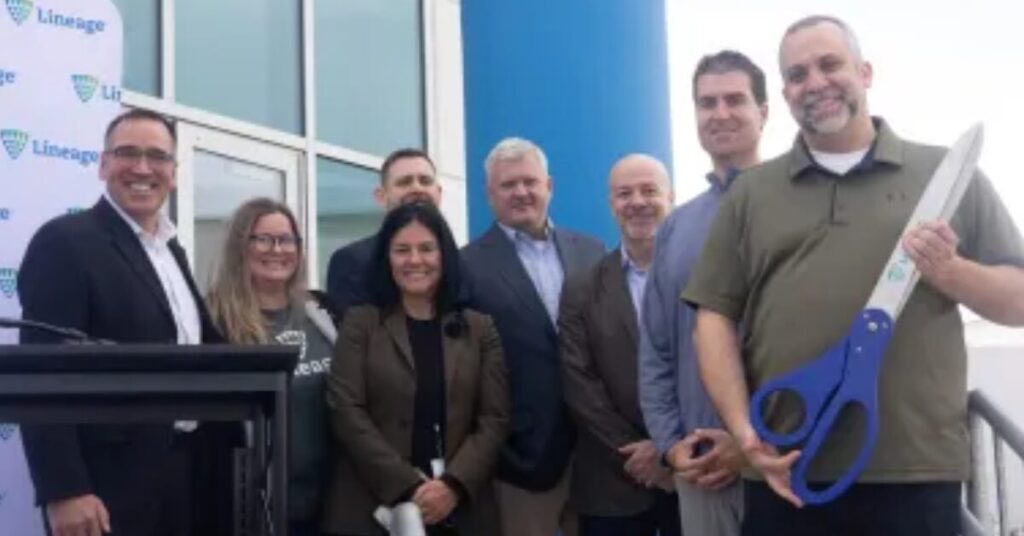Hoosiers are heading back to public transit after a pandemic-induced plunge, according to the Indiana Department of Transportation’s latest annual report on public transit ridership.
The report also revealed that systems are serving more people but logging fewer miles, and that urban systems are more cost-efficient.
The state’s 65 public transit systems recorded 20 million passenger trips in 2022, up significantly from 17.2 million in 2021. But that’s still shy of pre-pandemic numbers, and previous highs, according to reports dating back to 2012.
“INDOT is monitoring trends in ridership, keeping in mind that each local system is independent, and there are many variables as to why numbers may have increased or decreased,” INDOT spokeswoman Natalie Garrett said of the new report.
Ridership over the last decade peaked in 2014 at 37.8 million and declined for four years until 2019, when it grew slightly to 32.9 million trips. But when the pandemic hit in 2020, ridership dropped by a full 47% to just 17.5 million trips.
It dropped by a further 286,000 trips in 2021. But last year, ridership began a recovery with an increase of 2.9 million trips.
Transit systems gain passengers but go fewer miles, and an urban-rural divide
Although Hoosiers took nearly 3 million more trips on public transit last year than in 2021, the transit systems they used ran about 3.9 million fewer miles, according to the report.
All five classes of transit systems — large and small fixed-route, urban and rural demand response, and commuter rail — experienced mileage declines. Rural demand response systems reported the lowest decline at -1.43%, and commuter rail reported the largest at -30.73%.
Conversely, rural demand response systems logged the second-lowest increase in ridership, growing just 0.62%. Urban demand response shrank by 0.62%. But commuter rail experienced the largest increase at 37%.
The report also revealed a marked urban-rural split in cost-efficiency.
“Smaller systems are typically rural, where a continuous fixed route with a fixed timetable would not be efficient to operate. These demand-response systems schedule pickups with riders at their origins and destinations may be many miles away. Each trip may serve only one or a few passengers instead of 20 to 40 at a time,” Garrett said. “”These trips are also more likely to require the use of lift equipment and securement of mobility devices such as wheelchairs by the driver, which takes more time.”
Urban systems perform some of these trips, but the vast majority run standard fixed routes where they carry many passengers at a time and the origin and destination are typically closer together.
Large fixed-route systems spent an average of $9.73 per passenger trip, while small fixed-route systems averaged $19.04 per passenger trip.
And while urban demand response systems spent on average of $28.08 per passenger trip, rural demand response systems averaged $36.30 per passenger trip. Commuter rail was the most expensive system, recording operating expenses of $41.56 per passenger trip.
Large fixed-route and urban demand response systems also recovered a higher proportion of their operating expenses from passenger fares, averaging 12% and 11%, respectively. Smaller and rural systems recovered 5% and 6% on average. Commuter rail recovered an impressive 16%.
Large fixed-route systems additionally covered more of their operating expenses with local revenue than all other system types, averaging 50 cents per dollar of expense. The other four ranged from 20 cents to 34 cents.
However, large fixed-route and urban demand response systems spent more per mile than their smaller and more rural counterparts. All averages were under $9 per mile — except for commuter rail, which spent an average of $21.73 per mile.
This article originally was published by Indiana Capital Chronicle, which is part of States Newsroom, a network of news bureaus supported by grants and a coalition of donors as a 501c(3) public charity. Indiana Capital Chronicle maintains editorial independence. Follow Indiana Capital Chronicle on Facebook and Twitter.




